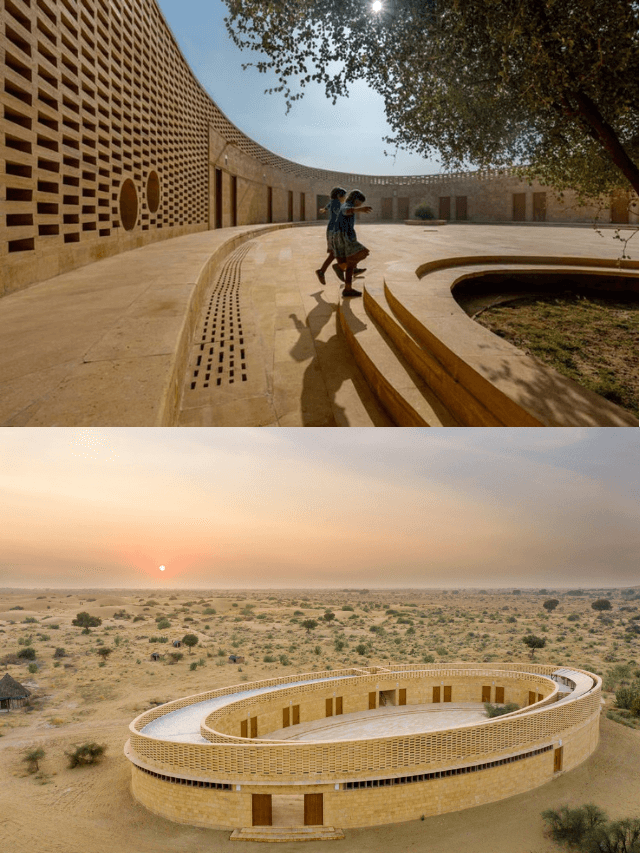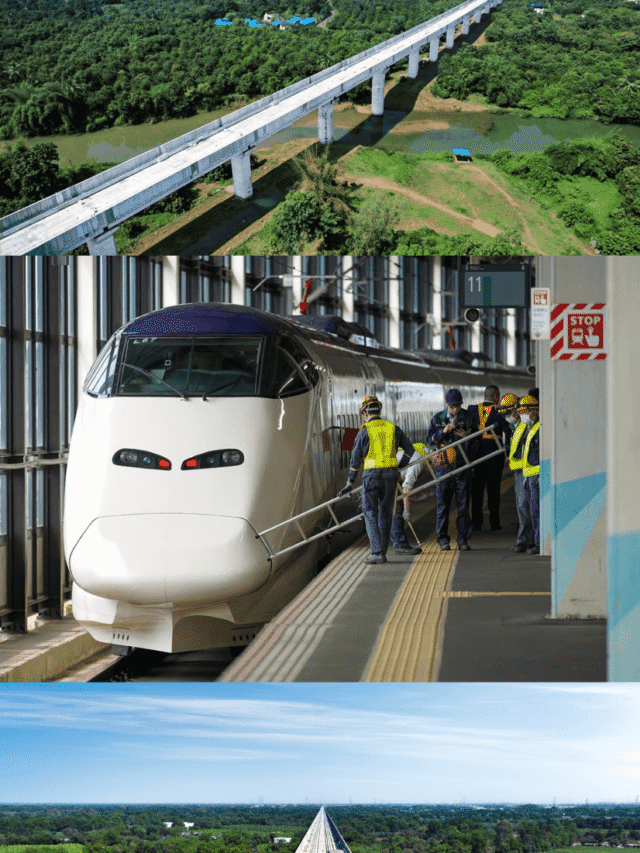Any construction project—whether it’s a government contract, tender, private building, or small-scale work—needs an estimated cost before execution. This estimation helps in budgeting, planning, and resource management. The estimated value of a project can often be calculated roughly by knowing the quantity of materials required. One of the key components is cement, which directly affects the strength and cost of the structure. In this post, we will answer a commonly searched question: “How many Bags of Cement are required to make 1 Cubic Meter of Concrete?” is required?
How Many Bags of Cement Are Required to Make 1 Cubic Meter of Concrete?

To calculate How many kg of cement in 1 cubic meter of concrete, you first need to know the concrete mix design. The concrete mix design ratio refers to the proportion of cement, sand (fine aggregate), coarse aggregate, and water used in the concrete mix. Different mix designs are used depending on the required strength and application of the structure. Common mix ratios include M10, M15, M20, and M25, where the quantity of cement varies accordingly.
When you’re planning a construction project, one of the most common and essential questions is: “How many bags of cement are needed for 1m³ of concrete?” Whether you’re a student, contractor, site engineer, or self-builder, knowing this helps in estimating material costs accurately.
Pile Foundation Compound Wall Design: Construction Guide
Concrete Cube Test for Compressive Strength – Procedure and Guidance.
How to Choose a Perfect RMC Plant for Your Project ?
Why Ramesth is a Best RMC plant in Ahmedabad?
7 Best Practices for AAC block Work Installation
In this blog, we’ll break it down step-by-step, cover common mix ratios like M15, M20, and M25, and explain how cement quantity is calculated for standard concrete grades.
Why It’s Important to Calculate Cement Bags Accurately?
Cement is one of the most expensive materials in concrete. Overestimating leads to wastage and increased cost. Underestimating can delay your work. That’s why it’s critical to know the exact number of 50kg cement bags required for your desired concrete volume.

What Is the Standard Mix Ratio?
Concrete is a fluid material made by mixing cement, fine aggregate (sand), and coarse aggregate (crushed stone or gravel) with the optimal amount of water (known as the water–cement ratio). In its fresh state, it can be easily molded into any shape, and over time, it hardens and gains significant strength to construct building, roads, bridges etc. The mix ratio determines the strength of the concrete and the quantity of each material required.
Here are the most commonly used concrete mix ratios:
| Concrete Grade | Mix Ratio (Cement : Sand : Aggregate) |
|---|---|
| M10 | 1 : 3 : 6 |
| M15 | 1 : 2 : 4 |
| M20 | 1 : 1.5 : 3 |
| M25 | 1 : 1 : 2 |
How Many Bags of Cement Are Required to Make 1 Cubic Meter of Concrete?
When calculating material quantities for 1m³ of concrete, we consider the dry volume. That’s because when cement, sand, and aggregates are mixed with water, they reduce in volume due to air voids being filled. To compensate for this shrinkage, we multiply the wet volume by a factor of 1.54.

So,
Dry Volume = Wet Volume × 1.54
Dry Volume = 1 × 1.54 = 1.54 m³
Cement Calculation Formula :-
Let’s take M20 grade concrete as a standard example.
- Mix Ratio = 1 : 1.5 : 3
- Total parts = 1 + 1.5 + 3 = 5.5 parts
Step 1: Calculate Cement Volume
Cement part = 1×1.54 / 5.5 = 0.28 m³
Here we get the volume of cement but in real world we consider it is in the kilograms, cement density = 1440 kg/m³
Cement weight = 0.28×1440 = 403.2 kg
Converting it into the bags,
Cement bags = 403.2 / 50=8.06 bags
So, you need approx. 8 bags of cement (50 kg each) to make 1m³ of M20 concrete.
Cement Bag Requirement for Other Grades :
Here’s a quick summary for other concrete grades:
| Grade | Mix Ratio | Approx. Cement Bags per m³ |
|---|---|---|
| M10 | 1:3:6 | 5 – 5.5 bags |
| M15 | 1:2:4 | 6 – 6.5 bags |
| M20 | 1:1.5:3 | 8 – 8.5 bags |
| M25 | 1:1:2 | 9.5 – 10 bags |
Note: Always add 5–10% extra for wastage during handling and mixing.
Real-Life Example :
Suppose you are constructing a small concrete slab of 2 m × 2 m with 100 mm thickness and M20 grade of concrete than,
- Volume of concrete :
= 2 × 2 × 0.1
= 0.4 m³
- Cement bags = 8.5 × 0.4 = 3.4 bags
So, for a small slab, only 4 bags of cement would be enough.
Tips for On-Site Use :
- Always use mixture .achine to mix dry materials thoroughly before adding water.
- Use clean water, clean sand, and graded aggregate for better strength.
- Store cement in a dry place to avoid setting or loss of strength.
- Prefer weighing cement instead of counting bags for larger projects.
Conclusion
To make 1 cubic meter of concrete, you typically need 6 to 10 bags of cement, depending on the grade of concrete you’re using. For M20 concrete, the most common mix, around 8 bags of cement are needed.
🔹 FAQs
❓ Can I use ready-mix concrete instead?
Yes, RMC is a time-saving option and reduces the need to calculate material quantities manually.
❓ What size is a standard cement bag?
In India and many other countries, a standard bag weighs 50 kg.
❓ What if I use different mix designs?
The number of bags will change depending on the mix ratio. Use the formula above or consult your structural engineer.
7 Best Practices for AAC block Work Installation
What is a concrete lintel beam in house?
Follow us on : Pinterest Facebook
Read more,










